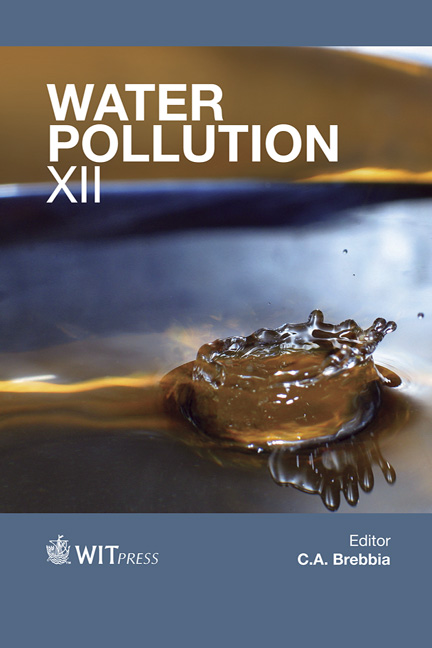Modelling Water Pollution Posing A Risk To Human And Ecosystem Health In Africa Using FC And BOD As Indicator Substances
Price
Free (open access)
Transaction
Volume
182
Pages
12
Published
2014
Size
1150 kb
Paper DOI
10.2495/WP140261
Copyright
WIT Press
Author(s)
K. Reder, M. Malsy, I. Bärlund & M. Flörke
Abstract
African water quality is for large parts of the continent unknown, as very little measured data exists. To gain insight into African water quality, which affects humans and ecosystems, a simulation approach with the large-scale model WorldQual was applied. Simulations were carried out for the year 2010 for faecal coliform (FC) bacteria and for the year 2009 for biological oxygen demand (BOD). Results show regions with high loadings and in-stream concentrations (hotspot regions) at the coastline of Morocco, Algeria and Tunisia, Eastern Africa, parts of Western Africa, and the east of the Republic of South Africa. Main contributors of loads are the domestic sector (48.5%) for FC and manure application (52.5%) for BOD. In a further model experiment it was investigated how loadings and in-stream concentrations change, assuming the whole population is connected to sewage systems without any improvement of treatment levels. Model results show a substantial increase of current hotspots and in-stream concentrations which are likely to double in extent. These findings highlight that management strategies to improve sanitation disposal and thus in turn water quality have to consider that not only a functioning sewage system has to be ensured but also the treatment of the generated wastewater. Keywords: large-scale, modelling, Africa, loadings, in-stream concentrations, human health, ecosystem health, faecal coliform bacteria, biological oxygen demand, water quality.
Keywords
large-scale, modelling, Africa, loadings, in-stream concentrations,human health, ecosystem health, faecal coliform bacteria, biological oxygendemand, water quality.





